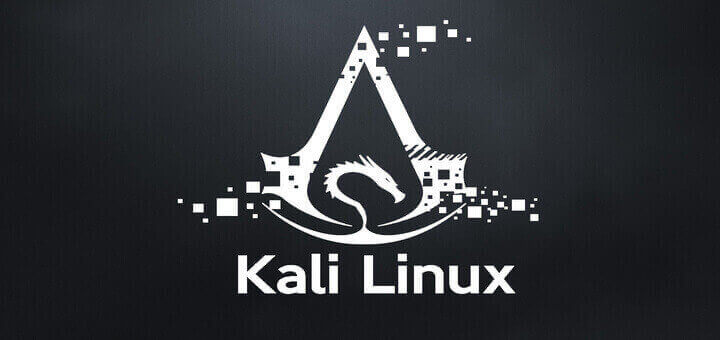Step by step to install Kali Linux

When you want to do penetration testing, Hacking , attack test, then you must think of the famous Kali Linux . Based on Debian , Kali supports both 32-bit and 64-bit machines. Let us start with the latest Kali Linux today and show you how to make Kali coexist with existing Windows.
Installation configuration
- Minimum 20GB of physical disk space.
- Physical memory is at least 1GB, more than 2GB is recommended.
- CD-DVD drive or USB boot support.
Separate installation
- To download the Kali Linux image , you can choose Gnome (default), KDE, Mate, Xfce, LXDE, armhf, armel or even VirtualBox, VMware virtual machine image.
- Burn the image file you just downloaded to a DVD or a USB disk. You can do this with tools like Ultraiso on Windows .
- Plug in the USB, reopen your computer and you will see this interface.

- Choose the installation method you like. Here we choose a graphical installation.
- Next, choose the system language you will be using. Here we choose English.

- After clicking Continue, select your location.
- Then we made the keyboard configuration.
- DNS network configuration. Can be left blank or write 8.8.8.8.

- Set the local hostname. This casual setting is generally not conflicting and can be changed in the future.
- Set the domain where the host is located. This is also a casual setting. For example: Mydomain.com.
- Set the supervisor password.

- Set your daily username and password.
- Set your local time zone.

- Next, get ready to install the disk partition. Here we chose to use the entire disk and did not choose LVM (Logical Volume Management). If you are familiar with your disk layout and need to manually partition, choose manual partitioning.

- Choose the destination drive to install Kali. In this case, we chose a USB drive destination. We will use this USB drive to boot an encrypted instance of Kali.

- Confirm your partitioning scheme and continue the installation.

- Next, you will be asked for an encryption password. You will need to remember this password and use it each time to boot the encrypted instance of Kali Linux.

- Configure network mirrors. Kali uses a central repository to distribute applications. You’ll need to enter any appropriate proxy information as needed.


- Finally, click Continue to reboot into your new Kali installation. If you used a USB device as a destination drive, make sure you enable booting from USB devices in your BIOS. You will be asked for the encryption password you set earlier on every boot.

Enjoy

